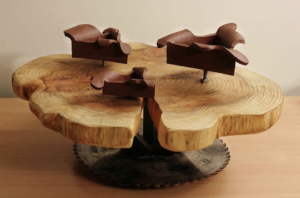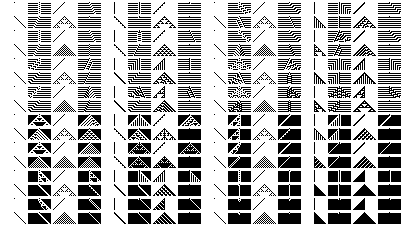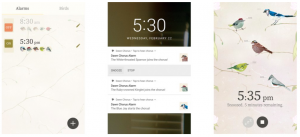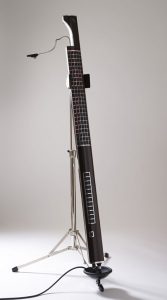Video of the project
A computational musician I found to be interesting is Mari Kimura, a violinist. The project I am focusing on is Bebe, a project made performed by violin and computer. The piece was originally written in 2008, with edits made to it in 2012. From Kimura’s description of the project, it seems she used the Max computer program to play music along with her. What caught my eye (or should I say ear) is how she created the program to follow along with her in order to let her improvise. From her comments, it seems that many computer music projects she has previously worked on put the musician in a place in which they had to play exactly to the note to keep up with the computer. I think it is amazing what she accomplished and what technology can do to improvise and keep in harmony with brilliant musicians.
![[OLD FALL 2018] 15-104 • Introduction to Computing for Creative Practice](../../../../wp-content/uploads/2020/08/stop-banner.png)





